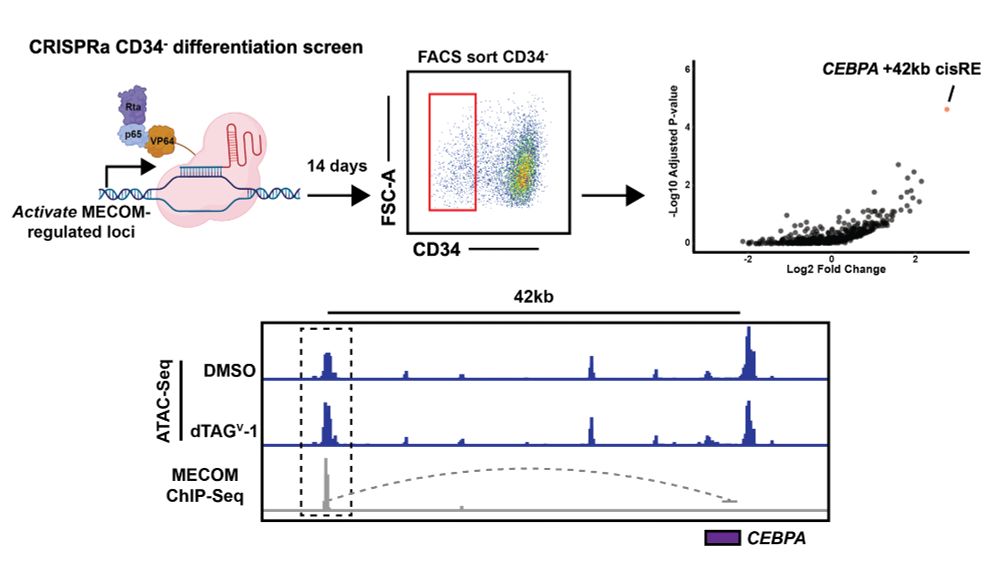Functional genomics, CRISPR screens, Acute Myeloid Leukemia, Drug discovery, targeted protein degradation
@danafarber.bsky.social
@bostonchildrens.bsky.social
@broadinstitute.org
www.biorxiv.org/content/10.1...

www.biorxiv.org/content/10.1...











